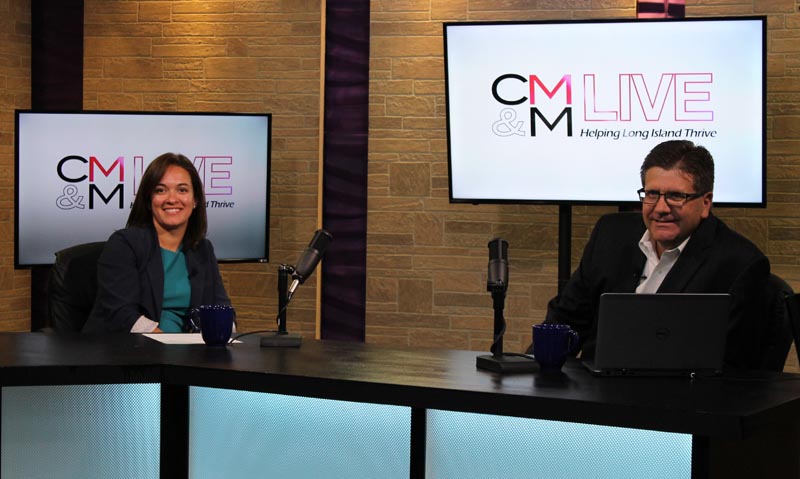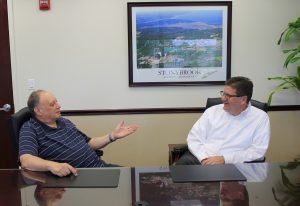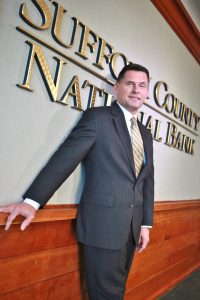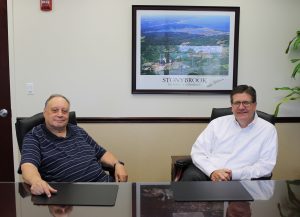In a decision that could make New York a more attractive venue for shareholders of Delaware-incorporated companies, a New York trial court recently permitted a class action suit challenging a corporation’s acquisition by its controlling stockholder to proceed. The decision signals to Delaware entities that New York courts may be less likely to defer to controlling stockholders than Delaware courts, potentially paving the way for an influx of New York lawsuits involving Delaware corporations.
Under the MFW test, established by the Supreme Court of Delaware in its seminal decision Kahn v. M&F Worldwide Corp., 88 A.3d 635 (2013), controlling stockholders are entitled to deference and protection under the business judgment rule if the merger is “conditioned ab initio upon both the approval of an independent, adequately-empowered Special Committee that fulfills its duty of care; and the uncoerced, informed vote of a majority of the minority stockholders.” M&F Worldwide Corp., 88 A.3d at 642, 644. In other words, controlling stockholders could escape the burden of the more exacting entire fairness standard of review and avoid protracted litigation by structuring transactions with those dual protections so as to mimic an arm’s-length process.
However, in a recent case, In re Handy & Harman Ltd. Stockholder Litigation, 2018 N.Y. Slip Op. 30894(U), 2018 WL 2163593 (N.Y.Sup.), the New York Supreme Court held that a controlling stockholder merger transaction that seemingly met the two procedural conditions still failed the MFW test. For the merger in the case, (i) the corporate board formed and empowered a three-director special committee to negotiate the merger, (ii) the committee hired its own legal and financial advisors, (iii) the financial advisors provided a fairness opinion, and (iv) the merger was approved by the committee and the board, subject to a majority of the minority ratification. But, the Court reasoned that the special committee was not independent because its chair was a college roommate and former business partner of the controller’s CEO and that the minority shareholders were not fully informed as to all material facts because that personal relationship was never disclosed. Those facts were sufficient, the Court noted, to call into question the independence of the special committee and the fairness of the entire process. The upshot? The class action lawsuit survived dismissal on the pleadings, and if triable issues of fact remain after discovery, the Court will conduct an entire fairness review.
With this decision, the Court indicated its willingness to more closely scrutinize deals suspected of conflicts of interest, putting emphasis on not just the form but also the substance of the procedural protections under the MFW test. The increased litigation risk that this ruling entails may also dissuade transactional lawyers at the margin from employing the dual-protection structure.
An interesting question, and one on which we can only speculate, is how this case would have turned out had it been brought in Delaware Chancery Court. Given Delaware’s tradition of deferring to the decisions of corporate boards, it is quite conceivable that the Chancery Court might well have applied the business judgment rule and granted the controller’s pre-answer motion to dismiss under the same set of facts. If this actually happens in the future, we may see a trend in which shareholders of Delaware-incorporated companies who suspect deals were tainted by conflicts try to find a way to bring their cases in New York.
It is too early to predict whether courts, both in New York and Delaware, will follow suit, or if not, how they will apply the MFW test. Indeed, the judge in the case cautioned the minority shareholders that they still have “a heavy burden to establish any actionable wrongdoing.” But, at least, they have a chance to try in New York.



























 By
By 


 The
The 
